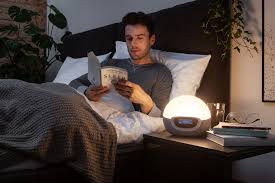

Designing the Perfect Sleep Environment!
Designing the perfect sleep environment is essential for promoting restful, high-quality sleep, especially for children and adults alike. The right environment sends signals to the brain that it’s time to wind down and rest, making it easier to fall asleep and stay asleep. Start by focusing on lighting—soft, dim lighting in the evening helps stimulate melatonin production, while blackout curtains or shades can block disruptive outside light during sleep hours.
Temperature and comfort also play a big role in creating an ideal sleep setting. A cool room, generally between 60–67°F (15–19°C), is optimal for most people. Choose breathable bedding and comfortable mattresses or pillows that support the body’s natural alignment. For children, soft textures, familiar blankets, and even a favorite stuffed animal can add a sense of security and comfort that encourages longer, deeper sleep.
Minimizing noise and distractions is another key factor. Use white noise machines or soft fans to drown out sudden or loud sounds that could interrupt rest. Removing or limiting electronics from the bedroom—especially screens like TVs, tablets, and phones—helps reduce blue light exposure and mental stimulation before bedtime. Instead, try incorporating calming routines like reading a book or playing gentle music to signal that bedtime is near.
Lastly, consider the emotional and sensory aspects of the space. Keeping the bedroom tidy, adding soothing scents like lavender, and using soft colors on the walls can all enhance the feeling of calm. For children, creating a predictable bedtime routine and involving them in setting up their sleep space gives them a sense of control and comfort. With the right sleep environment, falling asleep becomes easier—and waking up rested becomes the norm.




 click and follow Indiaherald WhatsApp channel
click and follow Indiaherald WhatsApp channel